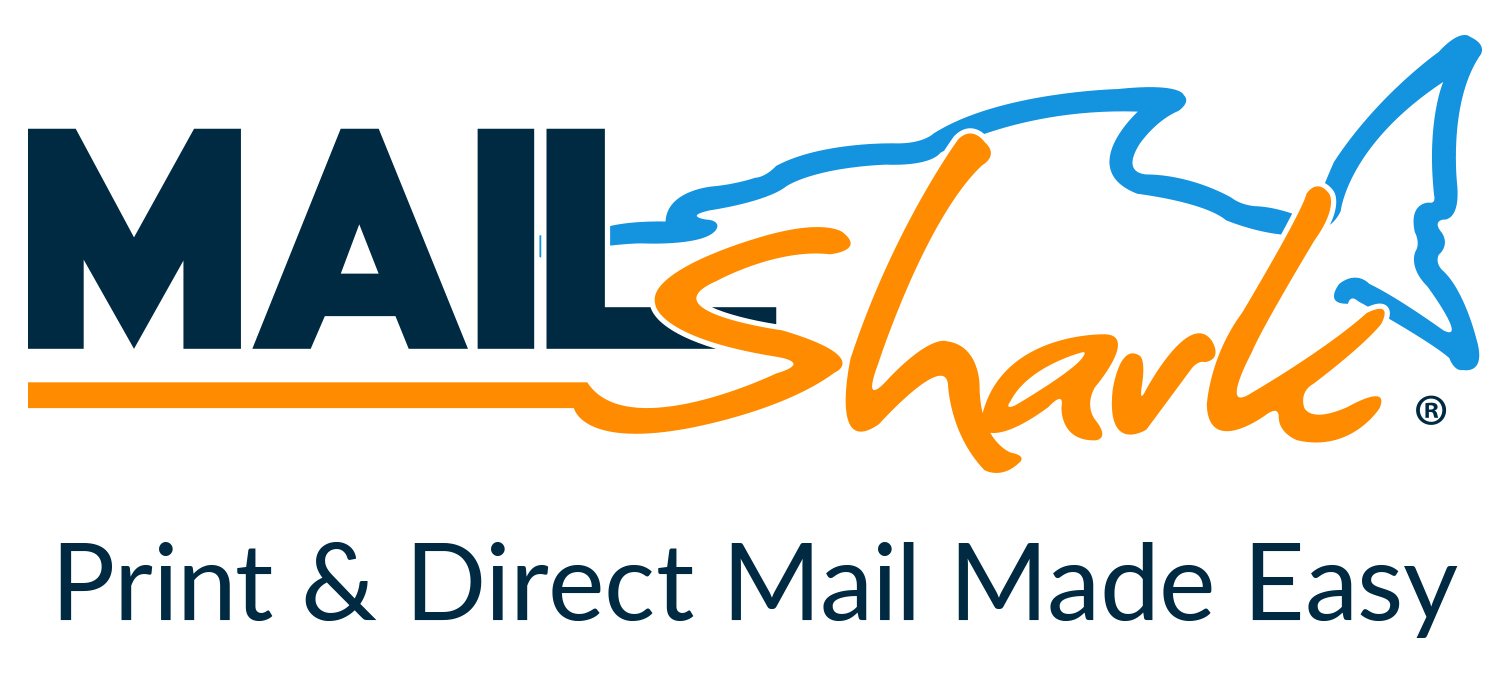Parts markup?
-
Have you checked out Joe's Latest Blog?
-
By Joe Marconi in Joe's Blog5 commentsI recently spoke with a friend of mine who owns a large general repair shop in the Midwest. His father founded the business in 1975. He was telling me that although he’s busy, he’s also very frustrated. When I probed him more about his frustrations, he said that it’s hard to find qualified technicians. My friend employs four technicians and is looking to hire two more. I then asked him, “How long does a technician last working for you.” He looked puzzled and replied, “I never really thought about that, but I can tell that except for one tech, most technicians don’t last working for me longer than a few years.”
Judging from personal experience as a shop owner and from what I know about the auto repair industry, I can tell you that other than a few exceptions, the turnover rate for technicians in our industry is too high. This makes me think, do we have a technician shortage or a retention problem? Have we done the best we can over the decades to provide great pay plans, benefits packages, great work environments, and the right culture to ensure that the techs we have stay with us?
Finding and hiring qualified automotive technicians is not a new phenomenon. This problem has been around for as long as I can remember. While we do need to attract people to our industry and provide the necessary training and mentorship, we also need to focus on retention. Having a revolving door and needing to hire techs every few years or so costs your company money. Big money! And that revolving door may be a sign of an even bigger issue: poor leadership, and poor employee management skills.
Here’s one more thing to consider, for the most part, technicians don’t leave one job to start a new career, they leave one shop as a technician to become a technician at another shop. The reasons why they leave can be debated, but there is one fact that we cannot deny, people don’t quit the company they work for, they usually leave because of the boss or manager they work for.
Put yourselves in the shoes of your employees. Do you have a workplace that communicates, “We appreciate you and want you to stay!”
-
-
Similar Topics
-
By nptrb
Premium Member Content
This content is hidden to guests, one of the benefits of a paid membership. Please login or register to view this content.
-
By carmcapriotto
The Weekly Blitz is brought to you by our friends over at Shop Marketing Pros. If you want to take your shop to the next level, you need great marketing. Shop Marketing Pros does top-tier marketing for top-tier shops.
Click here to learn more about Top Tier Marketing by Shop Marketing Pros and schedule a demo:https://shopmarketingpros.com/chris/
Check out their podcast here: https://autorepairmarketing.captivate.fm/
If you would like to join their private Facebook group go here: https://www.facebook.com/groups/autorepairmarketingmastermind
In this podcast episode, Chris Cotton, an auto repair business coach, talks with Mark, owner of an independent European auto repair shop in Rochester, New York, that also does sales and bodywork. They discuss Mark's family history, including his father's move from Germany to the U.S. and his transition from diamond cutting to car sales. Mark recounts his own path in the family business, from washing cars to his current role, and the lessons learned along the way. They also delve into succession planning, with Mark's son Hunter potentially taking over in the future. Mark highlights the benefits of working with Chris implementation of a new service management system, and the positive changes in business performance and staff engagement. The episode touches on the importance of regular staff meetings, understanding daily business metrics, and the joy of family involvement in the business. It concludes with personal anecdotes about family meals and the cultural heritage that enriches their lives.
The background of Mark's family (00:00:05) Mark talks about his father's journey from Germany to the United States and their family background. Mark's family's journey in the auto repair business (00:02:05) Mark shares the story of his family's involvement in the auto repair business, including their transition from sales to service. Mark's father's journey in the auto industry (00:04:08) Mark details his father's experiences in the car industry, from working at a BMW dealership to starting his own car sales business. Mark's connection to European cars (00:10:52) Mark discusses his family's deep connection to European cars, particularly Audi, BMW, Mercedes, and Volkswagen. Mark's journey in the auto repair business (00:14:48) Mark reflects on his journey in the auto repair business, from washing cars to becoming a service advisor and learning to buy cars at auctions. Car Sales and Sunroof Surprise (00:19:22) Mark recalls a car sales experience and his father's tough love and succession plan. Auto Auction and Nostalgia (00:21:29) Chris shares his experience working at an auto auction, and both speakers reminisce about the excitement of auctions. Transition and Succession Plan (00:23:16) Mark discusses his role in the business and the prolonged transition plan from his father. Family Involvement and Future Plans (00:25:43) Mark talks about family members' roles in the business and his son's potential as a service manager. Succession Planning and Family Dynamics (00:29:31) Mark emphasizes the importance of communication and close relationships in succession planning. Future of the Business and Retirement (00:34:14) Mark discusses his long-term plans for the business and his reluctance to fully retire. Family Living Arrangements (00:36:40) Mark shares that his mother still lives in the family home, and he and his wife live next door. Each timestamp is followed by a short description of the topics covered in the corresponding segment of the podcast episode. Family and Business History (00:37:29) Discussion about family's daily routine and plans for creating a slideshow of old pictures for the website. Transition to New Location and Succession Plan (00:38:19) Mark mentions the upcoming 40th anniversary at the new location and transitions to discussing their decision to change service management systems. Transition to Auto Leap Service Management System (00:39:13) Mark's decision to switch to Auto Leap, initial challenges, and his encounter with Chris Cotton's podcast. Initial Meeting and Decision to Work with Chris (00:43:40) Mark's initial meeting with Chris at a convention, initial reluctance to work with a coach, and the decision to start working with Chris. Impact of Coaching on Business (00:45:48) Positive impact of coaching on business performance, particularly in December and January, and how it has improved their outlook for the year. Benefits of Coaching and 20 Groups (00:50:40) Discussion about the value of coaching, 20 groups, and the supportive industry landscape in Rochester. Shop Renovation and Growth (00:54:30) Description of the shop's renovation and growth, including the increase in employees and the focus on cleanliness. Future Plans and Idea Sharing (00:55:20) The anticipation of a productive year with many ideas yet to be explored and nurtured during the coaching sessions. Accountability and Responsibility (00:55:34) Discussion on the importance of accountability and responsibility in business ownership. Meetings and Regimen (00:56:37) The significance of regular meetings and a structured approach to managing the business. Future Plans and Succession (00:58:36) Mark's future plans for the business, including the involvement of his son and the transition of responsibilities. Family Traditions and Gratitude (00:59:22) Mark's family traditions, including meals prepared by his mother, and expressions of gratitude. Closing Remarks and Sponsorship (01:01:00) The conclusion of the episode, including acknowledgments and sponsorship mentions.
Connect with Chris:
[email protected]
Phone: 940.400.1008
www.autoshopcoaching.com
Facebook: https://www.facebook.com/
AutoFixAutoShopCoachingYoutube: https://bit.ly/3ClX0ae
#autofixautoshopcoaching #autofixbeautofixing #autoshopprofits #autoshopprofit #autoshopprofitsfirst #autoshopleadership #autoshopmanagement #autorepairshopcoaching #autorepairshopconsulting #autorepairshoptraining #autorepairshop #autorepair #serviceadvisor #serviceadvisorefficiency #autorepairshopmarketing #theweeklyblitz #autofix #shopmarketingpros #autofixautoshopcoachingbook #riseandgrind
Click to go to the Podcast on Remarkable Results Radio
-
By carmcapriotto
In this week’s episode, Hunt gets into the financial intricacies faced by auto repair shop owners, from refinancing debts and selling shops to securing new mortgages in today’s unpredictable market. He explores the strategies and tips to steer through the banking hurdles and optimize your financial operations.
• Market Update & Interest Rates: Starting with a quick market update, Hunt discusses the current state of interest rates and how they're affecting both personal and commercial loans. Despite the unchanged rates by the Federal Reserve, the historical highs are impacting mortgage affordability and commercial borrowing costs.
• Loan Acquisition Challenges: The episode sheds light on the complexities of acquiring loans in the current financial climate. Hunt discusses the often opaque criteria banks use to approve loans, offering some tips for what shop owners can do to increase their chances of securing financing.
• Listener Q&A and Acknowledgments: A special thanks to listeners for their engaging questions in the previous mailbox episode. Your curiosity fuels our content, and we’re here to address your concerns, guiding you toward informed financial decisions for your auto repair shop.
• Rapid Fire Tips for Financial Management: Closing the episode, Hunt offers some rapid-fire advice for managing your finances better, from understanding the nuances of loan interest rates to practical tips for ensuring your business stays liquid and prepared for any financial challenges ahead.
Thanks to our partners, NAPA TRACS and Promotive
Did you know that NAPA TRACS has onsite training plus six days a week support?
It all starts when a local representative meets with you to learn about your business and how you run it. After all, it's your shop, so it's your choice.
Let us prove to you that Tracs is the single best shop management system in the business. Find NAPA TRACS on the Web at NAPATRACS.com
It’s time to hire a superstar for your business; what a grind you have in front of you. Great news, you don’t have to go it alone. Introducing Promotive, a full-service staffing solution for your shop. Promotive has over 40 years of recruiting and automotive experience. If you need qualified technicians and service advisors and want to offload the heavy lifting, visit www.gopromotive.com.
Paar Melis and Associates – Accountants Specializing in Automotive Repair
Visit us Online: www.paarmelis.com
Email Hunt: [email protected]
Get a copy of my Book: Download Here
Aftermarket Radio Network
Click to go to the Podcast on Remarkable Results Radio
-
By carmcapriotto
Thanks to our Partners, AAPEX, NAPA TRACS, and Automotive Management Network Rich Falco and his twin sons, Zack and Tyler, discuss the intricacies of family business succession in the automotive industry. The Falco's share their personal experiences, emphasizing the value of learning through challenges and the significance of understanding both the technical and business aspects of the industry. They explore the dynamics of customer interaction, continuous professional development, and the evolving nature of automotive technology. Rich Falco, Diag on Demand, Instructor at Carquest Technical Institute. Listen to Rich’s previous episodes HERE Zack and Tyler Falco, Diag on Demand. Show Notes
Watch Full Video Episode Succession and grooming (00:00:51) Discussion about succession, grooming, and growing young talent in the automotive industry. Training and learning experiences (00:01:34) Rich discusses letting his sons fail and learn while working together in the business. Challenges of being a mobile technology specialist (00:04:10) Zack talks about the challenges of being a mobile technology specialist and learning to interact with customers. Learning from experience (00:05:29) Zack and Tyler discuss their learning experiences and the importance of admitting when they don't know something. Future of the business (00:09:04) Rich discusses the challenges in generating revenue and the potential changes in the industry for mobile work. Working together as a family (00:15:10) Tyler shares his experience of working with his dad and brother, highlighting the dynamics of their working relationship. Learning from Job Experiences (00:16:05) The speakers discuss the continuous learning experience and the value of mistakes in their work. Passion for Working with Hands (00:19:00) Zack expresses his enjoyment of working with hands and the satisfaction in understanding the technical aspects of his work. Diagnostics and Gray Areas (00:19:47) The conversation delves into the complexities of diagnostics, the gray areas in the auto repair industry, and the appeal of clear-cut logic in technical work. Changing the Perception of Technicians (00:22:18) Challenge the traditional perception of technicians and advocate for a shift towards recognizing them as technology specialists. Transition to Advanced Technology (00:23:44) The conversation highlights the transition to advanced technology, including the need for specialized equipment and the future of automotive technology. Business Education and Succession Planning (00:25:40) The importance of business education, succession planning, and the need for understanding the financial aspects of the business are discussed. Client Experience and Problem-Solving (00:29:34) The significance of following up with clients and the emphasis on problem-solving to build strong relationships with customers is highlighted. Succession and Family Business (00:32:39) Discussion about the succession and future of the family business with Rich, Zach, and Tyler Falco. Thanks to our Partners, AAPEX, NAPA TRACS, and Automotive Management Network Set your sights on Las Vegas in 2024. Mark your calendar now … November 5th-7th, 2024. AAPEX - Now more than ever. And don’t miss the next free AAPEX webinar. Register now at http://AAPEXSHOW.COM/WEBINAR NAPA TRACS will move your shop into the SMS fast lane with onsite training and six days a week of support and local representation. Find NAPA TRACS on the Web at http://napatracs.com/ Get ready to grow your business with the Automotive Management Network: Find on the Web at http://AftermarketManagementNetwork.com for information that can help you move your business ahead and for the free and informative http://LaborRateTracker.com Connect with the Podcast: -Follow on Facebook: https://www.facebook.com/RemarkableResultsRadioPodcast/ -Join Our Private Facebook Community: https://www.facebook.com/groups/1734687266778976 -Subscribe on YouTube: https://www.youtube.com/carmcapriotto -Follow on LinkedIn: https://www.linkedin.com/in/carmcapriotto/ -Follow on Instagram: https://www.instagram.com/remarkableresultsradiopodcast/ -Follow on Twitter: https://twitter.com/RResultsBiz -Visit the Website: https://remarkableresults.biz/ -Join our Insider List: https://remarkableresults.biz/insider -All books mentioned on our podcasts: https://remarkableresults.biz/books -Our Classroom page for personal or team learning: https://remarkableresults.biz/classroom -Buy Me a Coffee: https://www.buymeacoffee.com/carm -The Aftermarket Radio Network: https://aftermarketradionetwork.com -Special episode collections: https://remarkableresults.biz/collections
Click to go to the Podcast on Remarkable Results Radio

-
By carmcapriotto
Welcome to this episode of "Business by the Numbers," where we dive deep into the often controversial topic of tax fairness. Join Hunt, as he explores if the wealthiest among us are really shouldering their fair share of the tax burden.
• Defining 'Rich': How income levels and perceptions of wealth vary across different regions and impact tax contributions.
• The Progressive Tax System: A closer look at how the U.S. tax system scales with income and what that means for the top 1% of earners.
• Real Figures: We break down recent statistics to understand the actual tax contributions made by high earners.
• Beyond Income Tax: Examining other significant tax obligations faced by the wealthy, including sales tax, property tax, and surtaxes.
• Debunking Myths: Addressing common misconceptions about tax evasion among the wealthy and what the data really shows.
Thanks to our partners, NAPA TRACS and Promotive
Did you know that NAPA TRACS has onsite training plus six days a week support?
It all starts when a local representative meets with you to learn about your business and how you run it. After all, it's your shop, so it's your choice.
Let us prove to you that Tracs is the single best shop management system in the business. Find NAPA TRACS on the Web at NAPATRACS.com
It’s time to hire a superstar for your business; what a grind you have in front of you. Great news, you don’t have to go it alone. Introducing Promotive, a full-service staffing solution for your shop. Promotive has over 40 years of recruiting and automotive experience. If you need qualified technicians and service advisors and want to offload the heavy lifting, visit www.gopromotive.com.
Paar Melis and Associates – Accountants Specializing in Automotive Repair
Visit us Online: www.paarmelis.com
Email Hunt: [email protected]
Get a copy of my Book: Download Here
Aftermarket Radio Network
Click to go to the Podcast on Remarkable Results Radio
-
-
-
Our Sponsors





.thumb.jpg.2b345efc275b9df0af2bbb306a10a78a.jpg)









Recommended Posts
Create an account or sign in to comment
You need to be a member in order to leave a comment
Create an account
Sign up for a new account in our community. It's easy!
Register a new accountSign in
Already have an account? Sign in here.
Sign In Now